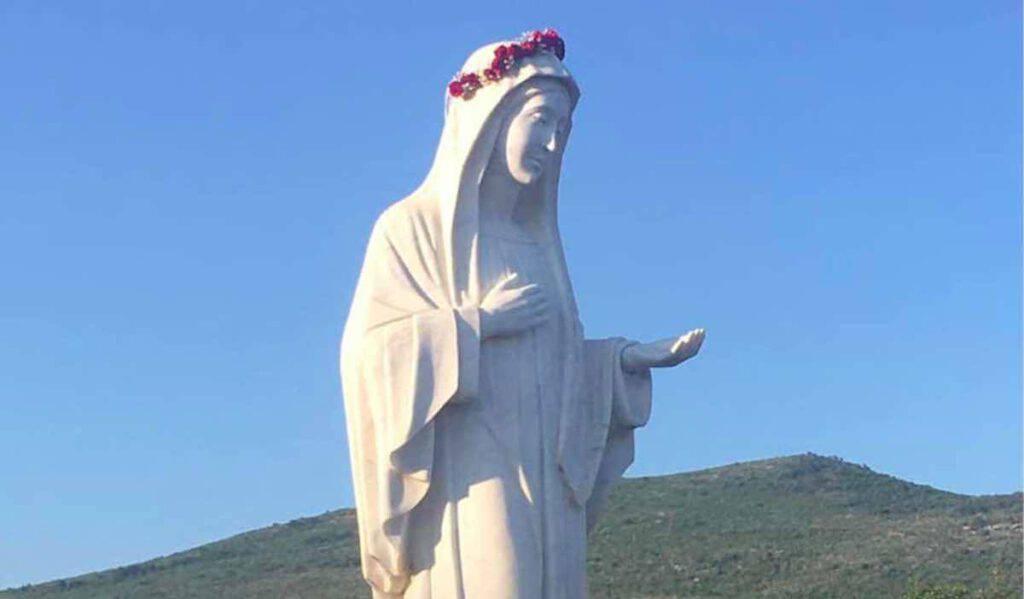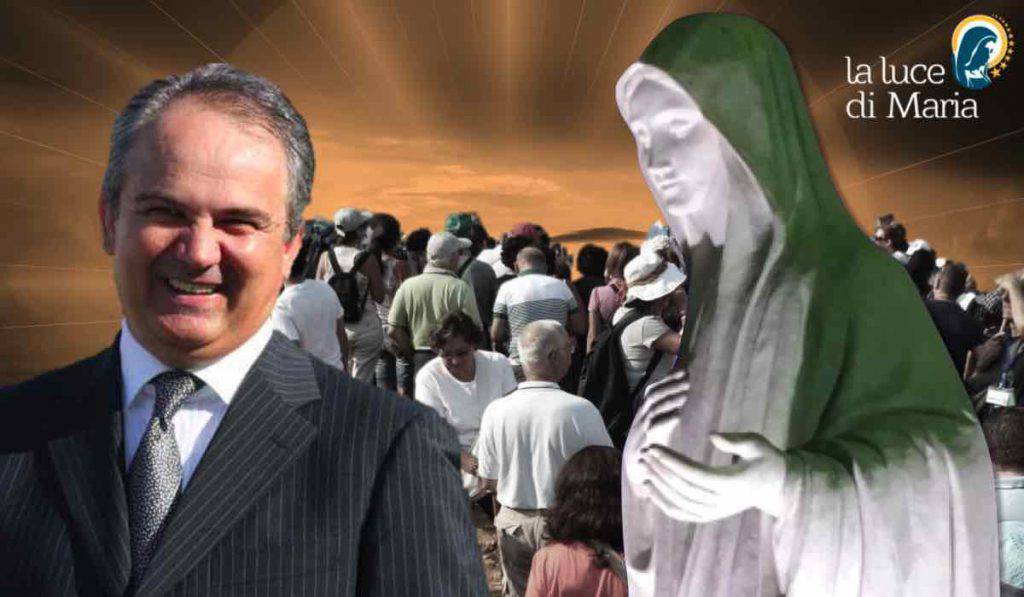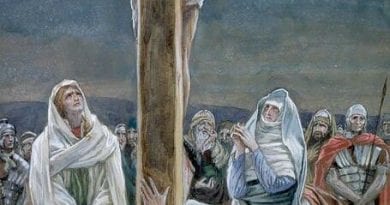Medjugorje: The rare time Our Lady invited the faithful to venerate a specific Saint Santa Maria Goretti – Today is her feast day July 6, 2020
Maria Goretti’s feast day, celebrated on July 6, was inserted in the General Roman Calendar when it was revised in 1969. She is the patron saint of chastity, rape victims, girls, youth, teenage girls, poverty, purity, and forgiveness.
On July 6, 2020, the Church remembers Santa Maria Goretti, the 11-yea-old girl who died at the hands of the violent young man named Alessandro.
A painful story that took place in 1902 in the Pontine Marshes, in Lazio and that strongly impressed the community of that time .
But the ferocity of the crime committed by Alexander, her friend, at the time who threw himself against the small girl, are contrasted by the words of love and forgiveness pronounced by Maria Goretti at the point of death: “Yes, for the love of Jesus I forgive him and I want him to come close to me in Heaven. “
Medjugorje and Santa Maria Goretti
Not many know that during the first years of the apparitions in Medjugorje, Our Lady made an explicit reference to Saint Maria Goretti, patroness of youth. It was July 6, 1984, when Our Lady, addressing the members of the prayer group, urged them to take the holy child as an example. Here is the message:
“Read the life of Santa Maria Goretti. Pray with the Lord for her to obtain her virtues . “
We know that in her messages Our Lady has always expressed great attention to young people who find themselves in a difficult world today, asking us repeatedly to pray for them. So it is not surprising that he brought the life of Maria Goretti, protector of young people, and his virtues as a model to look at. There is a message in which the Virgin urges us to make our own those virtues that have actually distinguished the existence of the little saint.

Medjugorje: Message of January 2, 2018 to Mirjana
Dear children, when love is lacking on earth, when the way to salvation is not found, I, the Mother, come to help you know the true faith, alive and deep; to help you really love. As a Mother, I yearn for your mutual love, goodness and purity. It is my wish that you are righteous and that you love yourself. My children, be joyful in your soul, be pure, be children! My Son said that he loves to be among pure hearts, because pure hearts are always young and happy. My Son told you to forgive and love you. I know it is not always easy: suffering causes you to grow in the spirit (…).

We also remember that Our Lady entrusted the visionary Ivan Dragicevic and his prayer group with the particular mission of praying for young people as well as for priests.
Simona Amabene
FROM WIKI





